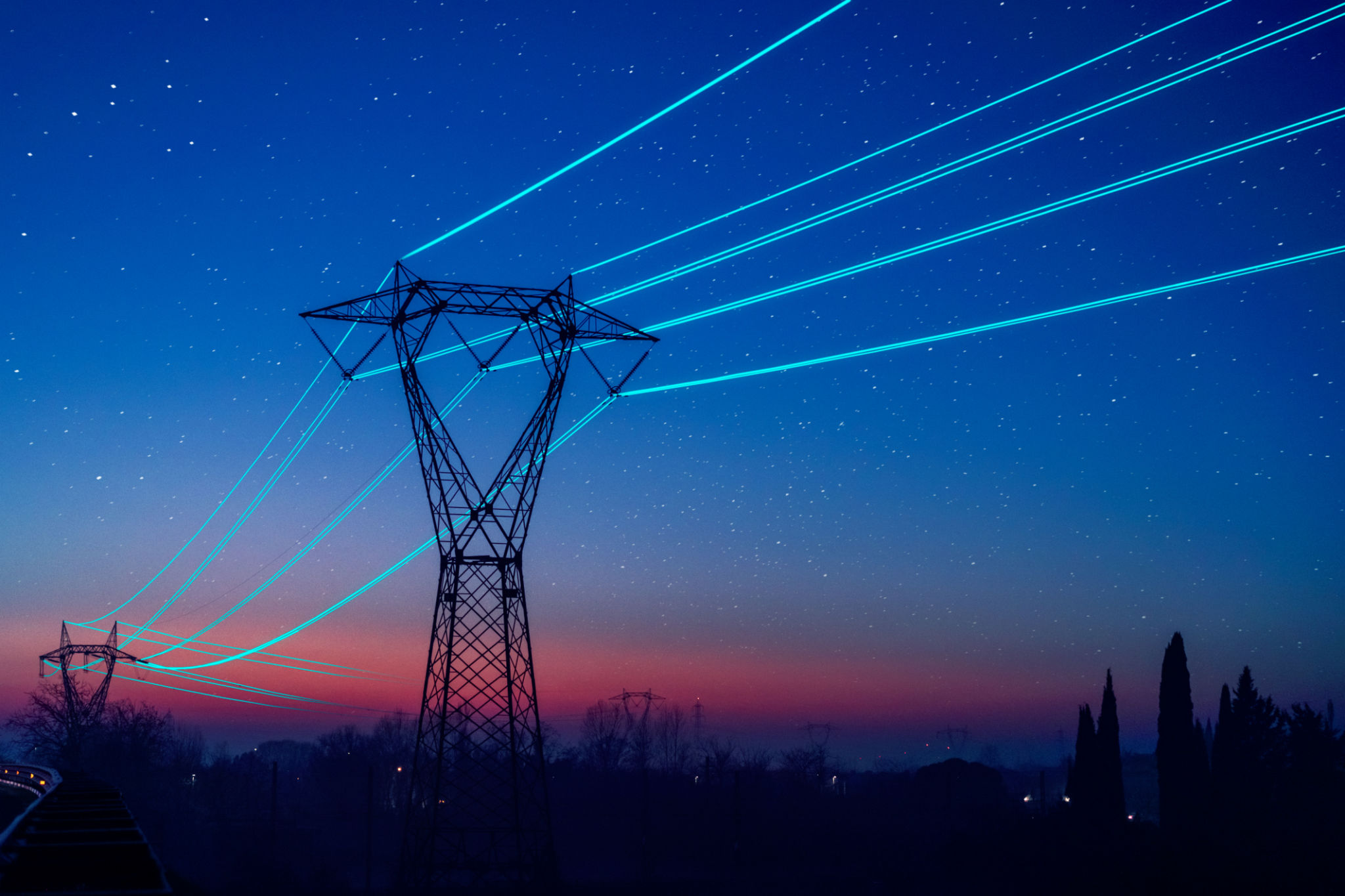How to Choose the Right Bird Flight Diverters for High Voltage Wires
Understanding the Need for Bird Flight Diverters
Bird flight diverters play a crucial role in reducing avian collisions with high voltage wires. These collisions are not only hazardous for birds but can also cause power outages and damage to infrastructure. Installing the right bird flight diverters can greatly minimize these risks and promote the safety of both wildlife and electrical systems.
The purpose of bird flight diverters is to make power lines more visible to birds during flight. These devices are especially important in areas where power lines intersect with migratory paths or habitats of large bird populations. By choosing the right diverters, utility companies can effectively protect birds and ensure the reliability of their services.

Types of Bird Flight Diverters
There are several types of bird flight diverters available, each designed for specific scenarios and bird species. Understanding these options is key to making an informed decision. Here are some common types:
- Spiral Diverters: These are spiral-shaped devices that wrap around the wire. They are effective for larger birds and in areas with strong winds.
- Swinging Rods: These rods hang from the wires and swing in the breeze, making them visible to birds from a distance.
- Flappers: These are lightweight and often reflective, flapping in the wind to catch a bird's attention.
Factors to Consider When Choosing Diverters
When selecting bird flight diverters, consider factors such as the local bird population, weather conditions, and the specific environment where the power lines are located. Some diverters are more effective in certain conditions, such as foggy or windy environments.
Additionally, evaluate the durability and maintenance requirements of the diverters. Since they are exposed to natural elements, selecting products made from robust materials will ensure longevity and reduce maintenance costs over time.

Installation Considerations
Proper installation of bird flight diverters is essential for their effectiveness. Engage qualified professionals who are experienced in working with high voltage lines to ensure safety and compliance with regulations. It’s important to install diverters at regular intervals along the power lines, especially in high-risk areas.
The height and placement of diverters should be strategic to maximize visibility for birds approaching from various angles. Consulting with wildlife experts can provide valuable insights into optimal placement and spacing.
Monitoring and Maintenance
Once installed, ongoing monitoring is vital to assess the effectiveness of bird flight diverters. Regular inspections can help identify any damaged or missing diverters that need replacement. Keeping a maintenance schedule ensures that the installed systems continue to provide adequate protection for birds.
Technology advancements also offer opportunities for integrating monitoring systems that can provide real-time data on bird activity around power lines. This data can be invaluable for making informed decisions about future installations and upgrades.

Environmental and Economic Benefits
Investing in bird flight diverters not only supports conservation efforts but also offers economic benefits by reducing costs associated with power outages and infrastructure repairs. Companies can enhance their reputations by demonstrating a commitment to environmental stewardship.
Ultimately, choosing the right bird flight diverters is an investment in both ecological preservation and operational efficiency. By taking into account local wildlife needs and environmental conditions, utility companies can play a significant role in protecting avian species while maintaining reliable energy services.